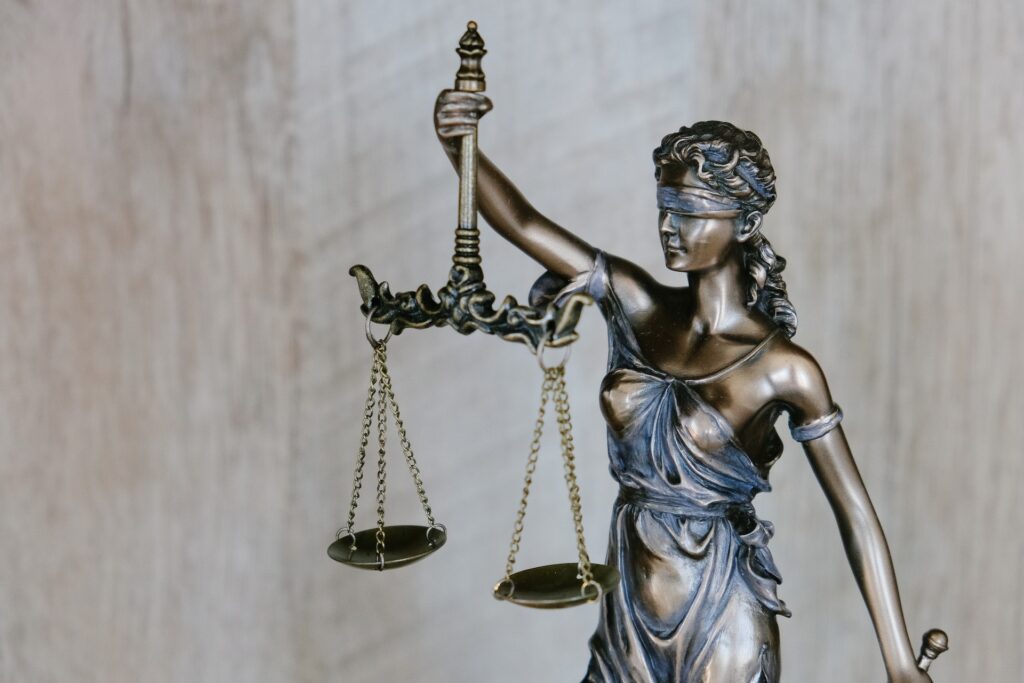
Neighbor easements are legal rights that grant specific privileges or access to a neighboring property. They are established to ensure smooth property interactions and often involve shared spaces or pathways. Common types of neighbor easements include right-of-way, access easements, and shared driveways. These easements are typically defined and documented in property deeds or agreements. Clear boundaries and well-defined easement agreements are crucial for avoiding conflicts and promoting harmonious neighbor relationships.
Common Neighbor Easement Issues

Despite the intention to facilitate peaceful coexistence, neighbor easements can sometimes become a source of disputes and challenges. Here are some common problems that arise in neighbor easement situations:
Encroachment and trespassing on easement areas
One issue frequently arises when a neighbor encroaches upon or trespasses on the designated area. This can occur when property owners extend their structures, landscaping, or fences beyond their property boundaries and into the easement. Such encroachments can impede the rights of the neighboring property owner and lead to conflicts.
Disputes over maintenance responsibilities
Another frequent source of contention is disagreements regarding maintenance responsibilities. For example, if there is a shared driveway easement, disputes may arise over who is responsible for repairing potholes, clearing snow, or maintaining the driveway in good condition. Different interpretations of maintenance obligations can lead to strained relationships between neighbors.
Occasionally, neighbors may make alterations or place obstructions on easement paths without seeking consent or agreement from the affected parties. This can range from erecting structures or fences to blocking access points or obstructing visibility. Such actions can hinder the intended use of the easement and create disputes among neighbors.
Resolving Neighbor Easement Problems Amicably

When faced with neighbor easement problems, it is often best to pursue amicable solutions before resorting to legal action. Here are some steps to help resolve these issues:
Open communication and dialogue with neighbors
Initiate a respectful and honest conversation with the neighbor(s) involved. Clearly express concerns and listen to their perspective. Finding common ground and understanding each other’s needs can often lead to mutually agreeable resolutions.
Mediation and conflict resolution techniques
Consider mediation if direct communication fails to resolve the issue. A neutral third party can facilitate discussions and help find compromises that satisfy both parties interests. Mediation can be more cost-effective and less adversarial than going to court.
Seeking legal advice and involving property surveyors if necessary
If informal negotiations and mediation do not yield satisfactory results, consulting with an attorney specializing in real estate law may be required. They can provide guidance on legal rights, review property documents, and offer options for resolving the dispute. In some cases, hiring a property surveyor can help clarify property boundaries and easement locations.
Understanding Legal Rights and Restrictions

To effectively address neighbor easement problems, it is crucial to understand the legal rights and restrictions associated with easements. Consider the following steps:
Researching local laws and regulations regarding easements
Familiarize yourself with the laws and regulations specific to your jurisdiction. Local statutes may dictate how easements are established, interpreted, and enforced.
Reviewing property deeds and surveys for easement details
Thoroughly examine property deeds, surveys, and other relevant documents to identify specific easement rights and restrictions. These documents will provide essential information about the easement’s nature, location, and terms.
Consultation with an attorney to understand legal rights and obligations
Engage the services of an attorney experienced in real estate law to gain a comprehensive understanding of your rights and obligations as they pertain to the easement. If needed, an attorney can explain legal concepts, interpret documents, and guide you through the legal process.
Documenting and Enforcing Easement Agreements

Clear and well-documented easement agreements can help prevent conflicts and provide a basis for resolving disputes. Consider the following steps:
Creating written easement agreements with transparent terms and conditions
When establishing an easement, it is crucial to develop a written contract outlining all parties’ rights and responsibilities. The understanding should be clear, concise, and unambiguous, addressing allowed uses, maintenance obligations, and dispute-resolution mechanisms.
It is advisable to record the easement agreement with the appropriate government or land registry office to ensure enforceability and provide notice to interested parties. This step helps protect the rights of all parties involved and prevents future disputes regarding the existence and terms of the easement.
Regular monitoring and enforcement of easement rights and restrictions
Property owners with easement rights should proactively monitor the easement area to ensure compliance with the terms of the agreement. If violations occur, appropriate actions should be taken to enforce the agreed-upon rights and restrictions.
Seeking Court Intervention: When All Else Fails

Sometimes, amicable resolutions and alternative dispute resolution methods may prove unsuccessful. Under such circumstances, seeking court intervention may be necessary. Consider the following steps:
Initiating legal action to protect easement rights
Consult with your attorney to determine if filing a lawsuit is appropriate. Legal action may be necessary to establish or defend easement rights and seek appropriate remedies for violations or breaches.
Providing evidence and documentation to support claims
In court proceedings, it is crucial to present clear and convincing evidence to support your claims regarding the existence, scope, and violation of the easement. This may include property documents, photographs, witness statements, and relevant correspondence.
Understanding a court case’s potential outcomes and implications
Litigation can be lengthy, costly, and emotionally draining. A court case’s likely results and consequences before pursuing legal action. Discuss the risks, costs, and possible resolutions with your attorney to make an informed decision.
Preventing Neighbor Easement Problems in the Future
Taking proactive measures can help prevent neighbor easement problems and promote positive neighbor relationships. Consider the following steps:
Conducting thorough property research before purchasing or developing
Before buying a property, conduct comprehensive research to understand existing easements, property boundaries, and potential limitations. Engaging professional property surveyors and legal experts can help clarify any uncertainties.
Clearly defining and documenting easement rights during property transactions
When engaging in property transactions, ensure that easement rights and restrictions are clearly defined and registered in the sale agreements or contracts. This prevents misunderstandings and future conflicts.
Regularly maintaining and inspecting easement areas to prevent conflicts
Take proactive measures to sustain easement areas, such as shared driveways or pathways. Regular inspections, routine maintenance, and prompt resolution of any issues can help prevent conflicts and foster positive neighbor relationships.
Conclusion
Neighbor easement problems can be complex and challenging to navigate. Understanding the nature of easements, communicating openly with neighbors, seeking amicable resolutions, and being aware of legal rights and restrictions can resolve many disputes without resorting to costly litigation. Preventive measures such as thorough research, clear documentation, and proactive maintenance can contribute to harmonious coexistence between neighbors. Fostering open communication and mutual respect is critical to effectively addressing neighbor easement problems and promoting positive community relationships.